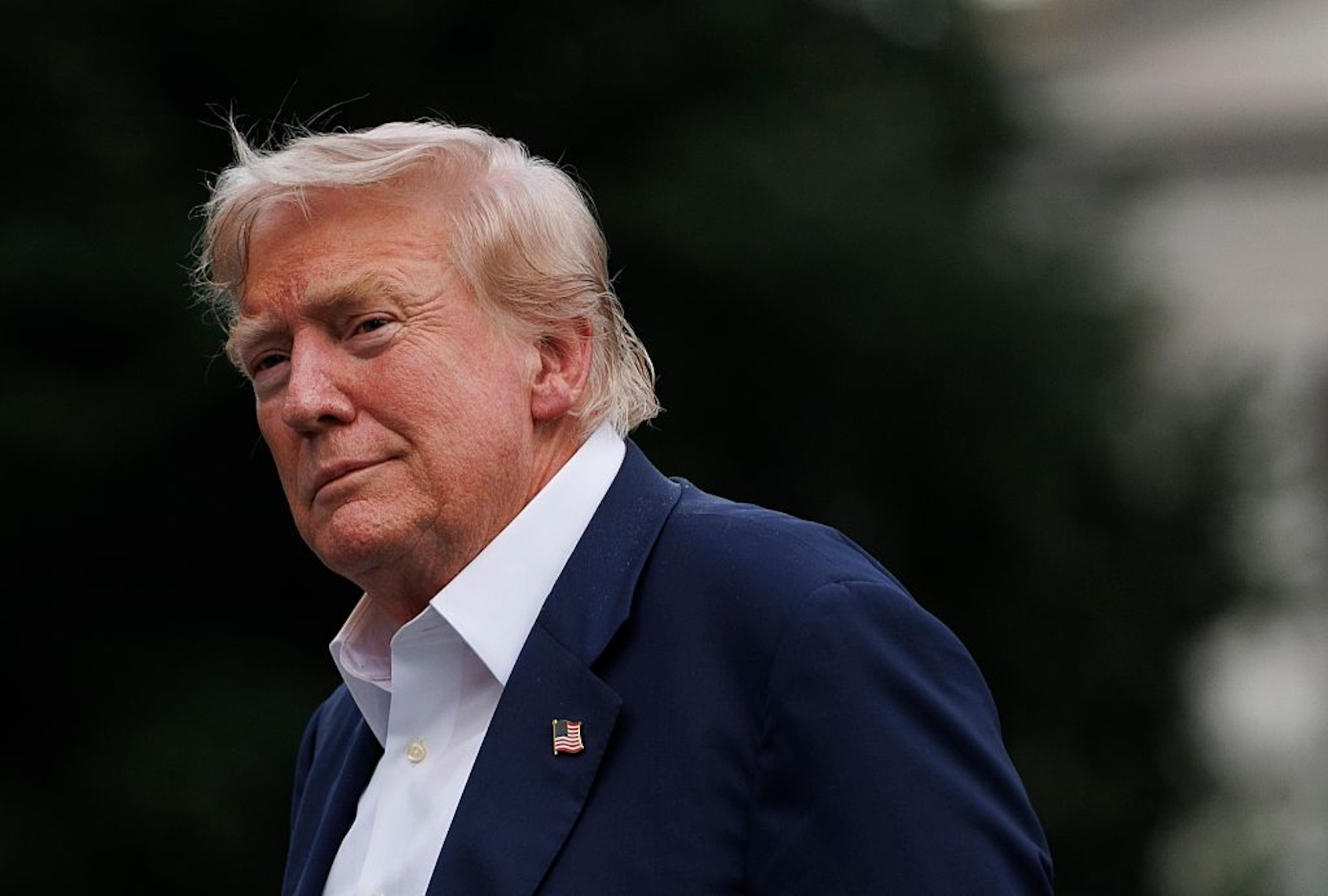President Donald Trump has increasingly used his clemency powers to benefit allies and associates during his second term, prompting criticism from those who have followed the formal application process. Recent pardons, including those for Rudy Giuliani and other supporters involved in attempts to overturn the 2020 election, highlight a growing trend in which clemency appears to favor individuals with direct ties to the president.
On September 29, 2023, Trump granted pardons to 77 individuals, many of whom had connections to his administration or shared political ideologies. While these pardons serve largely symbolic purposes—especially given that federal pardons do not affect ongoing or potential state prosecutions—they underscore a significant departure from the traditional clemency process. For instance, George Santos, the former New York congressman convicted of fraud, had his seven-year sentence commuted after less than three months.
The shift away from established protocols has left many applicants frustrated. According to the Department of Justice, approximately 10,000 clemency petitions have been filed since Trump returned to office, roughly two-thirds of the total applications submitted during the entire Biden presidency. Under typical Justice Department guidelines, applicants must wait five years post-incarceration, demonstrate good conduct, and file through the Office of the Pardon Attorney. However, Trump’s actions suggest that these protocols have been largely disregarded, with many successful applicants not even entering the formal system.
Those who have adhered to the clemency process include small-business owners, veterans, and individuals seeking to restore their rights, such as the ability to possess firearms. Margaret Love, a former pardon attorney, expressed concern, stating, “It’s unfair to the little guy.” She added that she often has to tell her clients that they stand little chance due to the current clemency landscape.
The disparity in Trump’s clemency decisions has been evident since his first term, and the trend has only intensified. In his second term, only 10 out of approximately 1,600 pardoned individuals had submitted petitions through the Office of the Pardon Attorney. Many of these recipients do not meet the Department’s standards, raising questions about the integrity of the process.
A significant portion of the pardons—nearly 1,500—was granted to individuals convicted in connection with the January 6, 2021 Capitol riot. In some cases, Trump’s pardons have also erased court-ordered restitution, amounting to over $1.3 billion in fines and payments owed to victims and the public, according to a House Judiciary Committee report. The report, which was met with dismissal from the White House, indicated that these pardons have had deep financial implications for those impacted.
As the Justice Department continues to process clemency applications, it has yet to clarify why many recent pardons seem to bypass the traditional review process. A spokesperson noted that the department is committed to a thorough review of all applications.
Notably, Trump recently pardoned Changpeng Zhao, the founder of the cryptocurrency exchange Binance, who had served time for money laundering charges. Reports indicate that Binance had engaged a lobbyist to advocate for the pardon, raising additional concerns about the influence of financial interests in the clemency process.
White House Press Secretary Karoline Leavitt defended the approach, stating that a qualified team reviews all pardon requests, but emphasized that Trump ultimately decides. She remarked that Trump was focused on pardoning individuals he believed were unfairly prosecuted by the Biden administration.
The clemency landscape has not only raised questions about fairness but also about the efficacy of the justice system itself. Critics argue that Trump had an opportunity to reform the process, especially given his administration’s contentious relationship with the Justice Department during the investigation into election interference.
In contrast, Trump did implement some significant criminal justice reforms, such as the bipartisan First Step Act in December 2018, which aimed to reduce certain federal sentences and allowed for earlier release for nonviolent offenders. Yet, his clemency actions appear to have been utilized more as a political tool rather than a means to achieve justice.
As Trump continues to navigate his presidency, many applicants remain in limbo, waiting for a chance at redemption. Individuals like Liliana Trafficante, who pleaded guilty to wire fraud in 2010, express frustration at the lack of transparency in the process. Despite her remorse and current work as a chaplain, she finds herself sidelined, unable to compete with those who have direct access to the president.
Another applicant, Tony Gene Broxton, who lost his right to possess firearms due to a felony conviction, has submitted multiple applications for clemency without success. His situation illustrates the broader issue faced by many who have complied with the clemency process, only to see it overshadowed by political connections.
The ongoing situation raises critical questions about the future of clemency under Trump’s administration and whether the system will evolve to ensure fairness for all applicants, regardless of their connections. As the process remains opaque, individuals without political ties continue to hope for a chance at redemption in a system that seems increasingly inaccessible.
